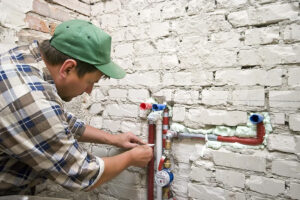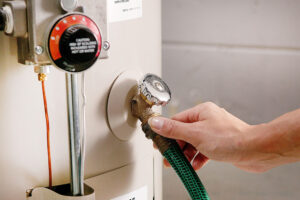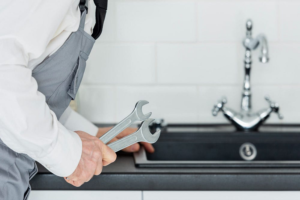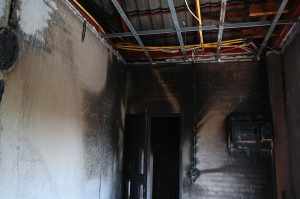The Essentials of Sewer Line Repair: A Comprehensive Guide

Sewer line issues can be both frustrating and messy, causing disruptions to your daily life and posing potential health hazards. A damaged sewer line can lead to unpleasant odours, slow drains, and even sewage backups in your home or property.
Common Sewer Line Problems
Clogs and Blockages: One of the most common sewer line issues is clogging due to the accumulation of debris, grease, or foreign objects. These blockages restrict the flow of wastewater, leading to slow-draining sinks and toilets.
Tree Root Infiltration: Tree roots are naturally drawn to water sources, and they can penetrate sewer pipes, causing cracks and blockages. This infiltration often leads to major leaks and potential structural damage.
Pipe Corrosion and Deterioration: Over time, sewer pipes made of older materials like cast iron or clay can deteriorate due to rust and corrosion. This can result in cracks and breaks in the pipe, leading to sewage leaks and blockages.
Bellied or Sagging Pipes: A sag or belly in a sewer pipe can occur due to soil settling, causing a low point in the line where waste and debris accumulate, leading to clogs and potential backup.
Preventive Measures
Mindful Flushing and Disposal: Avoid flushing non-biodegradable items such as wipes, paper towels, or feminine hygiene products down the toilet. Also, refrain from pouring grease and oil down the drains, as they can solidify and cause blockages.
Tree Placement: Be cautious about planting trees near sewer line repair, as their roots can infiltrate the pipes over time. Consult with a professional landscaper or arborist to ensure safe distances from the sewer lines.
Regular Maintenance: Schedule routine sewer line inspections and cleanings to catch potential issues early on and prevent major problems from developing.
The Sewer Line Repair Process
- Inspection: When you suspect a sewer line problem, call a licensed plumber to conduct a thorough inspection. They may use specialised cameras to assess the condition of the pipes and identify any blockages, cracks, or root infiltration.
- Repair Methods: The appropriate repair method depends on the nature and severity of the issue. Some common repair techniques include:
- Hydro Jetting: High-pressure water is used to clear blockages and remove debris from the sewer line.
- Pipe Relining: In cases of minor cracks or leaks, a resin-coated liner is inserted into the pipe to create a new, durable inner surface.
- Pipe Bursting: This method involves breaking apart the damaged pipe while simultaneously pulling a new one into place.
- Excavation and Replacement: In severe cases, where pipe collapse or extensive damage occurs, excavation may be necessary to access and replace the damaged section of the sewer line.
Conclusion
Sewer line repair is a critical aspect of maintaining a healthy and functional plumbing system. By understanding the common sewer line problems and taking preventive measures, homeowners can minimise the risk of costly and inconvenient repairs. Regular maintenance and timely inspections by qualified professionals can help identify issues early on, ensuring the longevity and efficiency of your sewer system. Remember, tackling sewer line problems promptly will not only save you money in the long run but also provide peace of mind for a hassle-free living experience.








